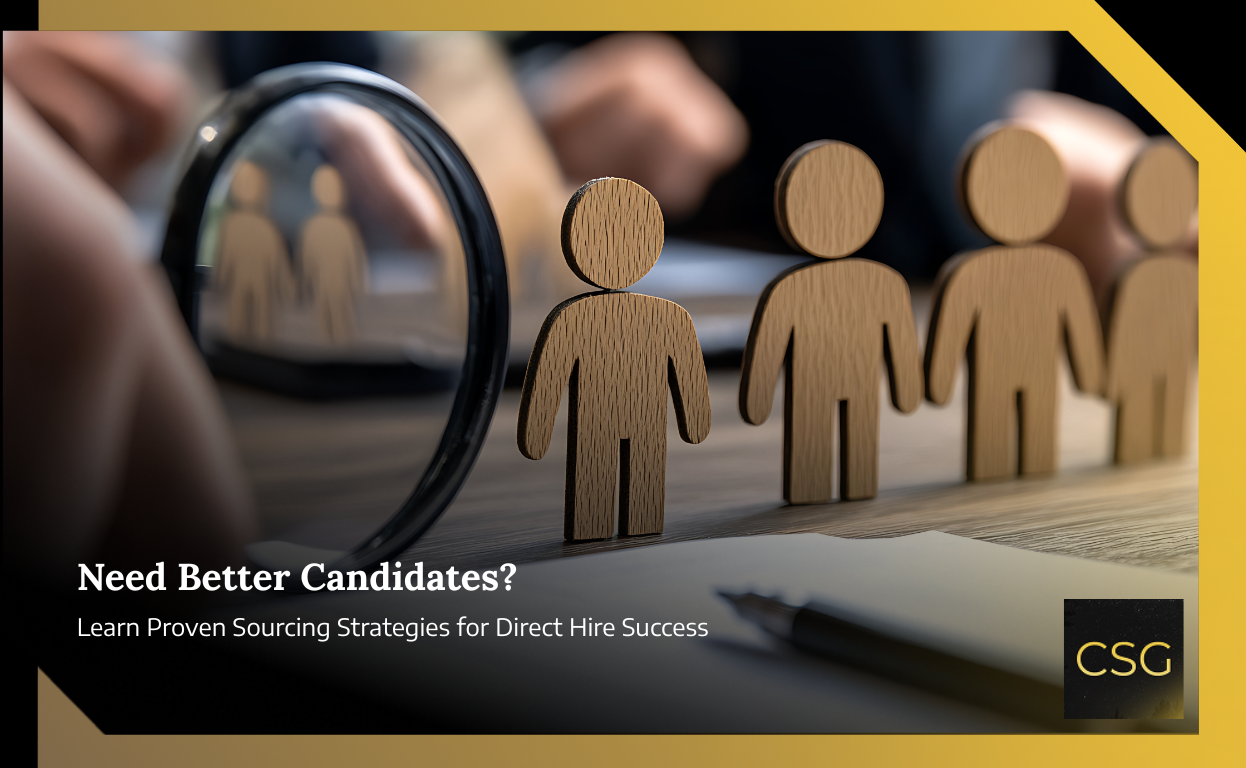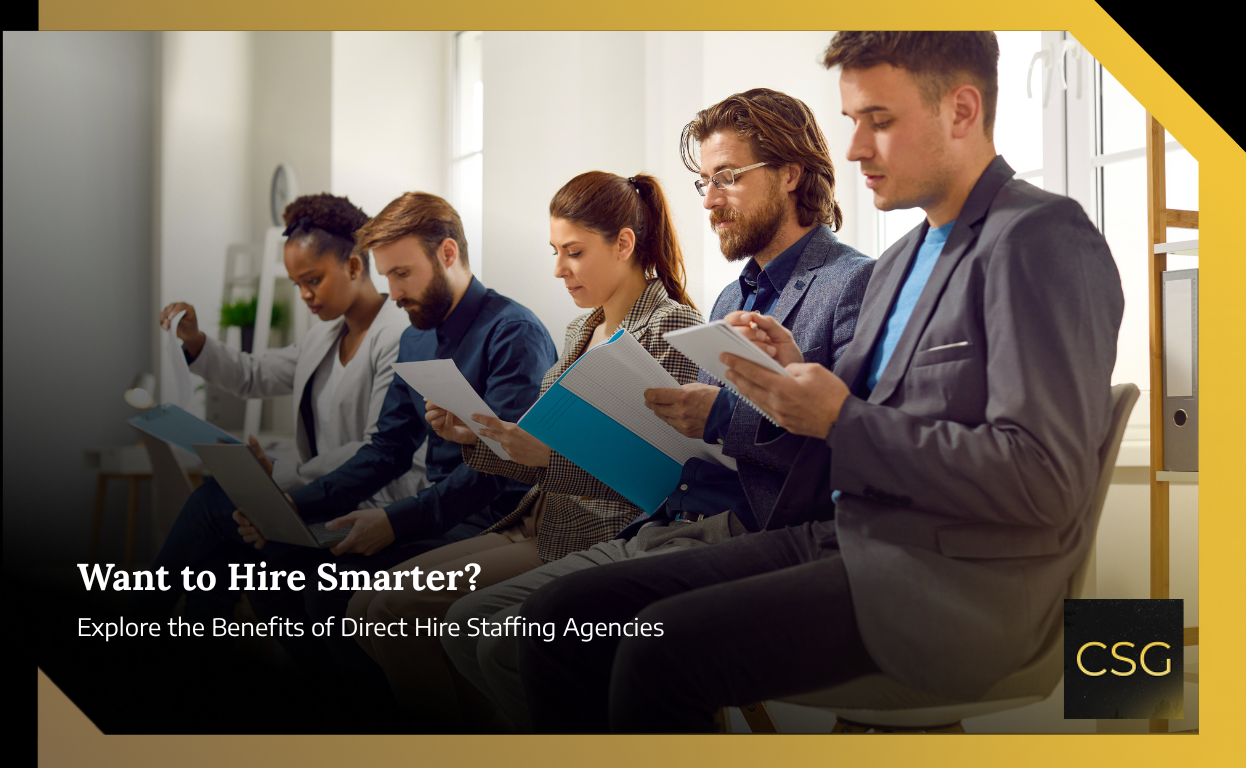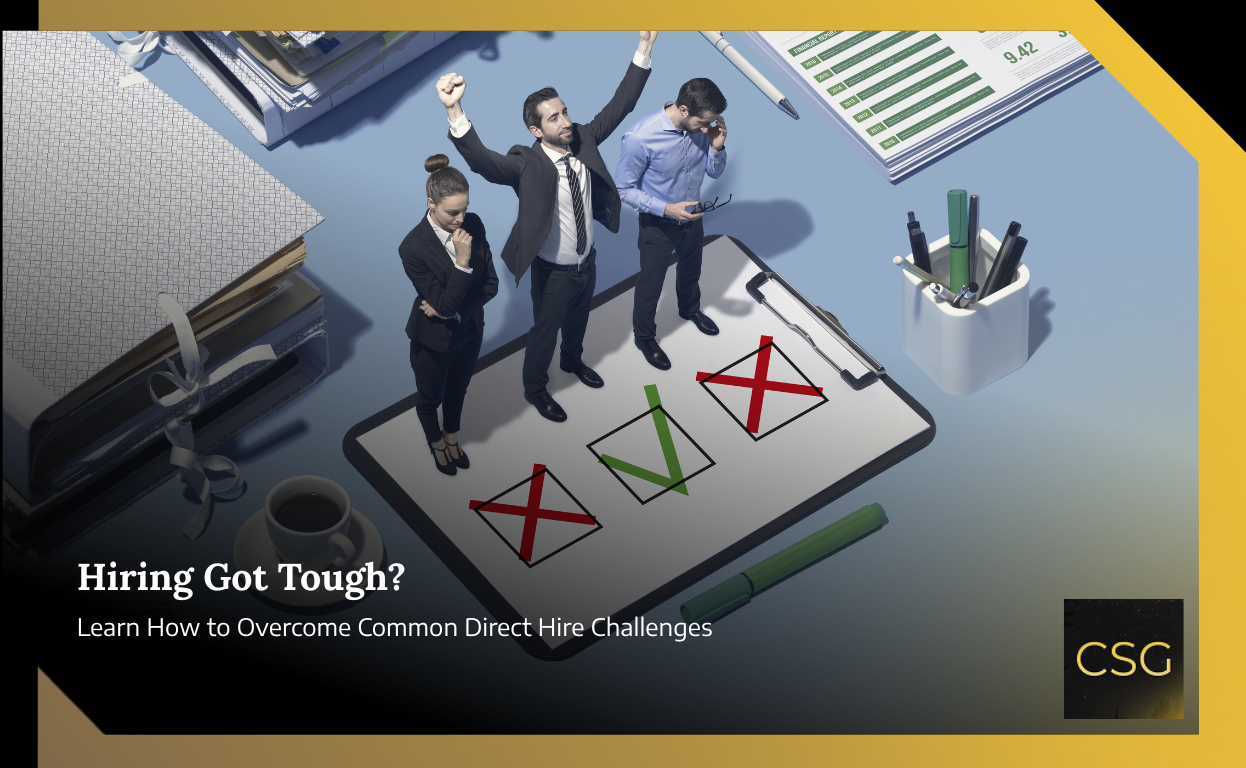Hiring the wrong person can feel like a setback but it’s more than just a minor inconvenience. A single bad hire can drain time, morale, productivity, and thousands of dollars from your business. The cost goes far beyond a salary line item.
So, how much does a bad hire really cost? More importantly, what can you do to prevent it from happening in the first place?
In this article, we’ll break down the true cost of hiring mistakes, explain how they impact your business, and provide actionable strategies to avoid them from smarter screening to partnering with expert recruiters.
Summary
- A bad hire costs far more than salary; it drains recruitment spend, training resources, morale, productivity, and even damages culture and reputation.
- The U.S. Department of Labor estimates one mis-hire can cost up to 30% of annual salary, while SHRM notes replacement costs can reach 250%.
- Beyond financial loss, bad hires lower team performance, push high performers to leave, and create cultural friction. Common causes include rushed recruitment, unclear roles, and weak screening.
- To avoid costly mistakes, companies should use structured hiring, skills and culture-fit assessments, pre-employment testing, and multi-stakeholder input. Partnering with expert recruiters can also provide vetted talent, faster placements, and reduced risk.
What is a Bad Hire?
A bad hire isn’t just someone who underperforms. It’s someone whose presence negatively affects your business whether that’s through poor output, cultural misalignment, causing unnecessary disturbance in our organization’s internal working or even damaging customer relationships.
Real-World Examples
- A marketing manager with an impressive resume but zero hands-on digital skills
- A sales rep with stellar interviews but toxic behavior that causes turnover in your top team
- An operations lead who checks all the boxes but resists change and stalls innovation
Bad hires can happen to anyone. They’re often the result of:
- Rushed recruitment to fill urgent needs
- Unclear job descriptions
- Over reliance on gut instinct
- Inadequate screening and vetting processes
The True Cost of a Bad Hire
It’s easy to underestimate the impact of a hiring mistake. But the numbers tell a different story.
Direct Financial Costs
- Recruitment Expenses: Ads, platforms, agency fees
- Onboarding & Training: Time, materials, internal mentoring
- Severance & Rehiring: Outplacement services, legal costs, repeating the hiring process
According to the U.S. Department of Labor, the cost of a bad hire can be up to 30% of that employee’s annual salary. For a $70,000 role, that’s $21,000 down the drain.
Indirect & Hidden Costs
- Lost Productivity: A poor hire can underperform for months
- Team Morale: Good employees may leave when they’re burdened with someone who can’t carry their weight
- Reputation Damage: Client-facing missteps can cost contracts
- Leadership Drain: Time spent managing a poor hire could be spent growing the business
Opportunity Costs
Think about what a great hire could have achieved in that same timeframe—more sales, smoother operations, improved customer satisfaction. That gap represents a missed opportunity that directly impacts your bottom line.
Stat: SHRM reports that replacing an employee can cost between 50% to 250% of their salary, depending on the role and seniority.
The Ripple Effect: Cultural & Long-Term Damage
Beyond finances, a bad hire can quietly erode your company’s culture. High performers may become disengaged. New hires might receive poor mentorship. Trust in leadership can falter.
Toxic employees—even if technically skilled—can create division, increase turnover, and derail collaboration.
Signs Your Hire Is Hurting Culture
- Increased internal complaints or passive disengagement
- Decline in team performance or collaboration
- High performers requesting transfers or exits
Identifying these signs early can prevent further damage.
How to Avoid Hiring Mistakes: Strategies That Work
While no system guarantees perfection, implementing the right hiring framework dramatically reduces the risk of a mis-hire.
1. Build a Structured Hiring Process
- Clarify the role: Use data and team input to define must-have skills and responsibilities
- Craft honest job descriptions: Avoid buzzwords and accurately reflect day-to-day tasks
- Use structured interviews: Standardized questions help reduce bias and highlight true fit
2. Screen for Skills and Culture Fit
- Don’t just hire the most charismatic candidate. Assess alignment with your mission, team dynamic, and pace.
- Use trial projects or job simulations for key roles.
3. Leverage Pre-Employment Testing & Background Checks
- Use role-specific assessments and psychometric testing where appropriate
- Always verify credentials, employment history, and references
4. Involve Multiple Stakeholders
- Include cross-functional interviewers
- Gather feedback from potential peers, not just hiring managers
Pro Tip: Conduct a short team-based task or collaborative exercise to see how a candidate interacts with others in real time.
When to Partner with a Recruitment Expert
DIY hiring works for some businesses. But for growth-focused companies or high-stakes roles, partnering with a professional placement firm adds critical value.
Why Use a Recruitment Partner?
- Access to a broader, pre-vetted talent pool
- Faster time-to-fill and higher quality matches
- Strategic hiring advice based on market trends
Frequently Asked Questions (FAQs)
Q. How can I spot a bad hire early?
Warning signs often appear within the first 90 days. Look for repeated mistakes, low engagement, missed deadlines, or poor collaboration with teammates. Consistent patterns of underperformance, even after clear feedback, are red flags. Frequent check-ins during onboarding not only help catch misalignment early but also give new employees a fair chance to adjust and improve.
Q. Should I fire a bad hire immediately?
Not always. The first step should be to provide clear expectations, coaching, and feedback. Sometimes a lack of clarity or support is the root cause of poor performance. However, if the same issues persist despite these efforts, it’s important to act decisively. Prolonging the decision can hurt team morale, slow progress, and increase costs.
Q. Can bad hires impact company culture?
Absolutely. Even one toxic or disengaged employee can have a disproportionate effect on team dynamics. High performers may grow frustrated, leading to disengagement or even turnover. A poor fit can also create communication breakdowns, lower trust, and erode productivity. Protecting culture means addressing these issues swiftly and fairly.
Q. Is using a recruitment firm worth it?
For many companies, yes. Recruitment partners bring expertise, networks, and screening processes that can improve the quality of candidates. They are especially valuable when hiring for specialized, senior, or high-impact roles, where mistakes are most costly. While there’s an upfront expense, the long-term savings from avoiding mis-hires and reducing turnover often outweigh the cost.
Avoid the next bad hire. Contact Constellation Search Group today to find top-tier talent that fits and performs.






